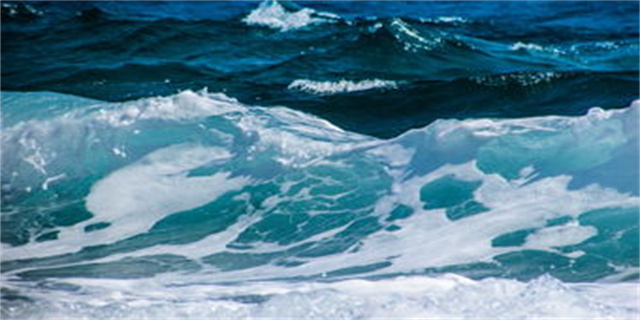The Eternal Glow
The beauty of light is one that has fascinated humans for centuries. From the flickering flame of a candle to the dazzling display of fireworks, we are drawn to the magical quality of illuminated objects. Yet, there is something about the eternal glow of certain phenomena that captures our imagination and leaves us in awe. In this article, we will explore some of the most captivating sources of permanent light in the natural world.
The Glow of the Stars
When we look up at the night sky, we are greeted by a myriad of twinkling stars. While some of these may be satellites or airplanes, the majority are actually distant suns that are millions of light years away. Their light has traveled across the vast expanse of space to reach us, and in many cases, they have already died by the time we see them. Despite this, the beauty of their glow remains just as mesmerizing as ever.

One of the most fascinating things about starlight is the way it changes over time. Some stars pulsate, meaning they grow brighter and dimmer in a rhythmic pattern. Others explode in a brilliant burst of light, leaving behind a colorful cloud of gas and dust. Still, others collapse in on themselves, forming black holes that warp the fabric of space and time.
The Glow of the Earth
While the stars may be the focus of our nighttime gaze, the Earth also has its own eternal glow. This is known as the atmospheric airglow, and it is caused by the interaction of oxygen and nitrogen molecules with ultraviolet radiation from the sun. These particles become excited and emit light in a process known as chemiluminescence.

The airglow creates a faint greenish-blue glow that stretches across the sky. While it is not powerful enough to read by, it is still visible to the naked eye in areas with low light pollution. Scientists are still studying the airglow to better understand its properties and how it affects our planet.
The Glow of Life
Last but not least, perhaps the most enduring source of light in the natural world is life itself. From the bioluminescence of glowing fireflies to the shimmering scales of ocean creatures, there is no shortage of examples of living organisms that produce their own light. These glowing creatures serve a variety of purposes, from attracting mates to warding off predators.
There are also entire ecosystems that exist in perpetual darkness, such as deep-sea hydrothermal vents. These vents are home to a diverse array of organisms that have adapted to the extreme conditions, including bacteria that use chemosynthesis to create their own energy and emit heat and light as a byproduct.
Overall, the eternal glow of light is a powerful reminder of the unbelievable beauty and complexity of the natural world. Whether it comes from the stars, the Earth, or living creatures, it serves as a beacon of hope and wonder in an often-dark world.















